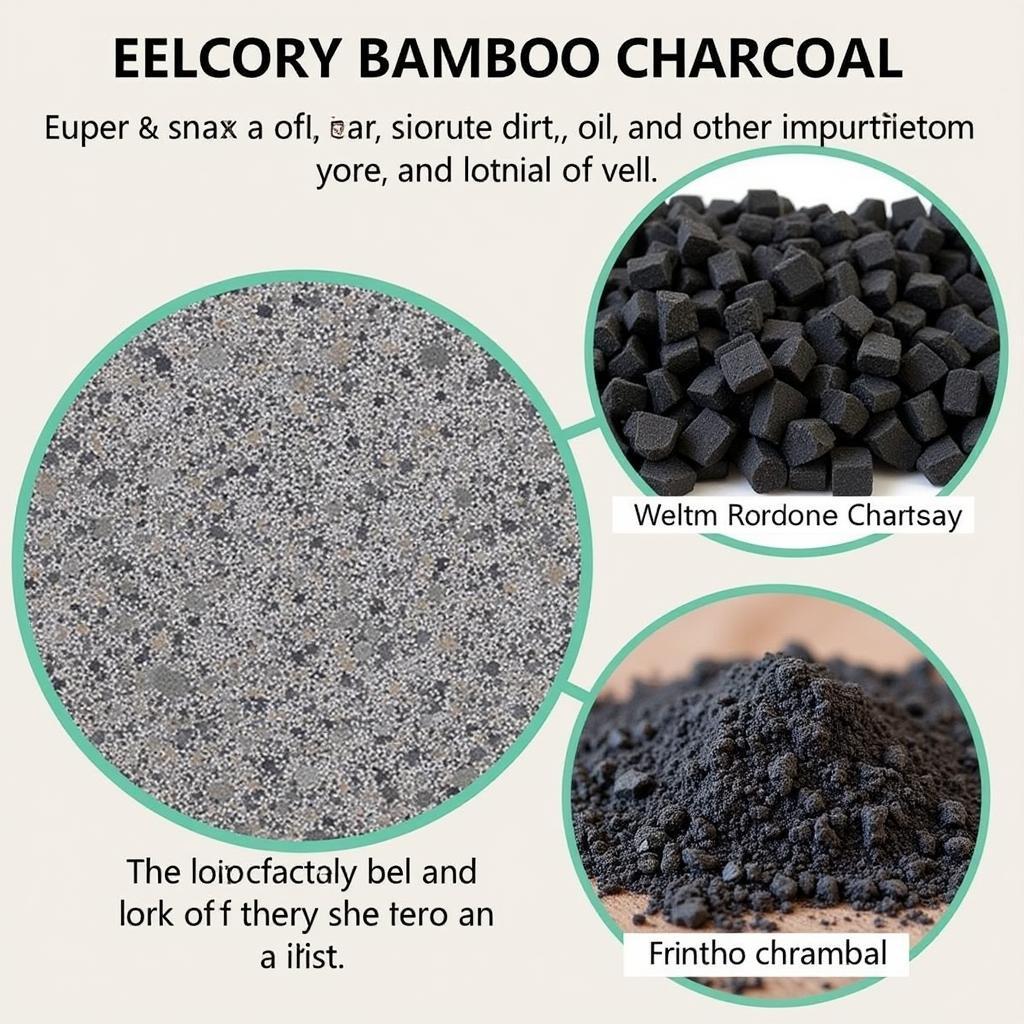African American Botox: A Comprehensive Guide
Botox has become a popular cosmetic treatment, and with its growing popularity, many are curious about its use in the African American community. In this comprehensive guide, we’ll delve into the nuances of Botox for African Americans, exploring the unique considerations, potential benefits, and important factors to keep in mind.
Understanding Botox and its Effects on Skin of Color
Botox, derived from the botulinum toxin, is a neurotoxin that temporarily paralyzes muscles, effectively reducing wrinkles and fine lines. While its effectiveness in reducing wrinkles is widely acknowledged, its application on diverse skin tones requires a nuanced approach.
Botox and Melanin Production
It’s crucial to understand the role of melanin, the pigment responsible for skin color, in the Botox process. Melanin can influence how Botox is metabolized and how it affects the skin.
“African American skin tends to have a higher melanin concentration, which might affect the efficacy and duration of Botox,” explains Dr. Amani Johnson, a board-certified dermatologist specializing in skin of color. “It’s important to work with a qualified provider who understands these variations.”
Hyperpigmentation and Other Skin Concerns
African American skin is more prone to hyperpigmentation, a condition that causes dark spots and uneven skin tone. While Botox itself doesn’t directly cause hyperpigmentation, improper injection techniques or post-treatment care can increase the risk.
“It’s crucial to discuss any history of hyperpigmentation with your doctor and choose a provider with experience in treating diverse skin types,” emphasizes Dr. Johnson.
What to Expect with Botox for African Americans
Consultation with a Dermatologist
Before proceeding with Botox, a thorough consultation with a dermatologist is essential. This consultation should involve a discussion of:
- Skin Type and Concerns: Your dermatologist should understand your unique skin type, including your melanin concentration, and assess any pre-existing skin concerns.
- Botox Goals and Expectations: Openly communicate your desired outcomes and be realistic about the potential results.
- Previous Botox Experience: Share any prior experience with Botox, including the effectiveness and any side effects.
The Injection Process
The Botox injection process is typically quick and painless, with a small needle used to deliver the toxin into specific muscles. Your dermatologist will choose the appropriate injection sites based on your desired treatment areas and individual anatomy.
Post-Treatment Care and Expected Results
Following the injection, your dermatologist will provide guidance on post-treatment care. This may include:
- Avoid Touching the Injection Sites: This reduces the risk of infection.
- Keep Head Elevated: Elevate your head for a few hours to minimize bruising and swelling.
- Avoid Strenuous Activity: Rest for a day or two to allow the Botox to settle.
The full effects of Botox typically appear within a few days to two weeks and can last for 3-4 months.
Botox for Different Treatment Areas
Botox can be used to treat wrinkles and fine lines in various areas of the face, including:
- Forehead Lines: Botox can soften horizontal lines across the forehead.
- Crow’s Feet: Vertical lines around the eyes can be diminished with Botox.
- Frown Lines: Those lines between the brows can be lessened, giving a more relaxed appearance.
- Gummy Smile: Botox can be used to relax the muscles that cause excessive gum exposure when smiling.
Addressing Concerns with Botox for African Americans
“Some African American patients might have concerns about Botox altering their facial expressions,” says Dr. Johnson. “A skilled provider will tailor the injections to preserve natural movement and enhance, not mask, facial expressions.”
Risks and Side Effects
As with any medical procedure, there are potential risks and side effects associated with Botox. These can include:
- Bruising and Swelling: These are common and usually resolve within a few days.
- Headaches: Some individuals experience mild headaches after Botox.
- Asymmetry: Occasionally, one side of the face may appear different from the other. This is usually temporary and resolves within a few days.
- Dry Eyes: In rare cases, Botox can affect the muscles around the eyes, leading to dry eyes.
It’s crucial to discuss any concerns with your dermatologist and be aware of the potential risks before proceeding with Botox.
Finding a Qualified Provider
Choosing the right provider is crucial for achieving desired results and ensuring safety. Here are some key considerations:
- Board Certification: Look for a board-certified dermatologist or plastic surgeon with experience in treating diverse skin types.
- Reputation and Experience: Seek recommendations from friends, family, or online reviews.
- Consultation: Have a thorough consultation with the provider to discuss your goals, concerns, and medical history.
Alternatives to Botox
If you’re considering Botox but are hesitant or have concerns, there are other non-invasive treatments that may address similar concerns:
- Fillers: Dermal fillers can help plump up lines and restore volume.
- Microneedling: This treatment stimulates collagen production for smoother skin.
- Chemical Peels: These can improve skin texture and tone.
- Laser Treatments: These can target pigmentation and wrinkles.
Your dermatologist can advise on the best treatment options based on your individual needs and goals.
Conclusion
Botox can be a safe and effective treatment for African American individuals seeking to reduce wrinkles and enhance their appearance. However, understanding the unique considerations, potential risks, and importance of choosing a qualified provider are crucial for a positive experience. Open communication with your dermatologist and a thorough understanding of the procedure are essential for informed decision-making.
Disclaimer: This article is intended for informational purposes only and does not constitute medical advice. Always consult with a qualified healthcare professional for any health concerns or before making any decisions related to your health or treatment.
Frequently Asked Questions
Q: How much does Botox cost for African Americans?
A: The cost of Botox can vary depending on the area treated, the amount of Botox used, and the provider’s fees. It’s best to contact your chosen provider for a personalized quote.
Q: Is Botox safe for African American skin?
A: Botox is generally considered safe for all skin types, including African American skin. However, it’s important to choose a qualified provider with experience in treating diverse skin tones.
Q: How long does Botox last for African Americans?
A: The duration of Botox results can vary from person to person, but typically lasts for 3-4 months.
Q: What are some alternative treatments to Botox for African Americans?
A: Some alternative treatments include dermal fillers, microneedling, chemical peels, and laser treatments.
Q: How can I find a qualified provider for Botox in my area?
A: You can ask for referrals from your primary care physician, friends, or family. You can also search online for board-certified dermatologists or plastic surgeons with experience in treating diverse skin types.


